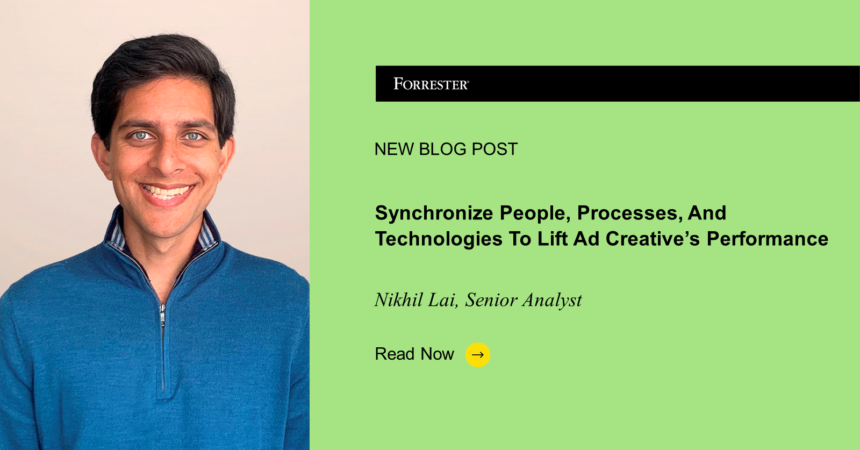My favorite holiday-themed ad is Hershey’s “Christmas Bells,” which debuted in 1989 thanks to the creativity of David Apicella at Ogilvy & Mather, among others. Since then, the ad has run every December. In a market crowded with viral creative like Spotify’s Wrapped, Hershey’s pithy ad continues to perform. In just 15 seconds, the ad simply and cutely conjures nostalgia.
Iconic ads like Hershey’s remind us that no amount of audience targeting or measurement can form and reflect consumer behavior like ad creative can. Yet marketers routinely invest in creative automation technologies at the expense of storytelling. Technology plays a critical role in creative development and optimization, but it’s not a panacea.
When used effectively, technology for ad creative:
- Generates creative intelligence that helps marketers learn which variables – a bottle or a can of soda, for instance – outperform.
- Minimizes creative production’s time-to-value, which affords marketers latitude to (re)focus on their next big idea.
- Brings creative production and testing closer together so that test results inform designs and vice versa.
When it’s misused, technology for ad creative:
- Leads to rigor for the sake of rigor. This causes marketers to test variables that are too granular: a straight line versus a squiggly line, for instance. Excessively granular tests result in insignificant learnings. Generative AI-powered tools that produce millions of slightly different creative variables exacerbate this problem.
- Aggravates cross-functional tensions. Designers often dismiss creative automation technologies that, from their perspective, needlessly disrupt workflows. Meanwhile, performance marketers try to templatize creative production to feed always-on, autonomous machines with modular inputs for constant testing. These qualitatively different approaches cause miscommunication between functions that need stronger mutuality.
- Results in abundant but underutilized data. Creative intelligence gets mired in debates about statistical significance, disagreements about its actionability, and suspicion that past performance doesn’t predict future results.
To develop more compelling creative, marketers must synergize the people, processes, and technologies entailed in creative workflows. Creative and media briefs should be integrated. Designers should be hooked on lower funnel KPIs and media buyers should be hooked on creative intelligence. Creative should be modular so that it’s conducive to regular multivariate testing, which results in winning variables that can be scaled.
All of this is, of course, much easier said than done. We’re here to help. Our new report – How To Use Technology To Develop Better Ad Creative – explains creative technology’s upside, challenges posed by creative’s digital transformation, and how to harness technology to develop more persuasive creative. And, our new tool – The Ad Creative Competency Assessment – helps clients assess their approach to ad creative across five domains – strategy, organization, technology, production, and optimization – and recommends how to improve.
To learn more, schedule time with me.








